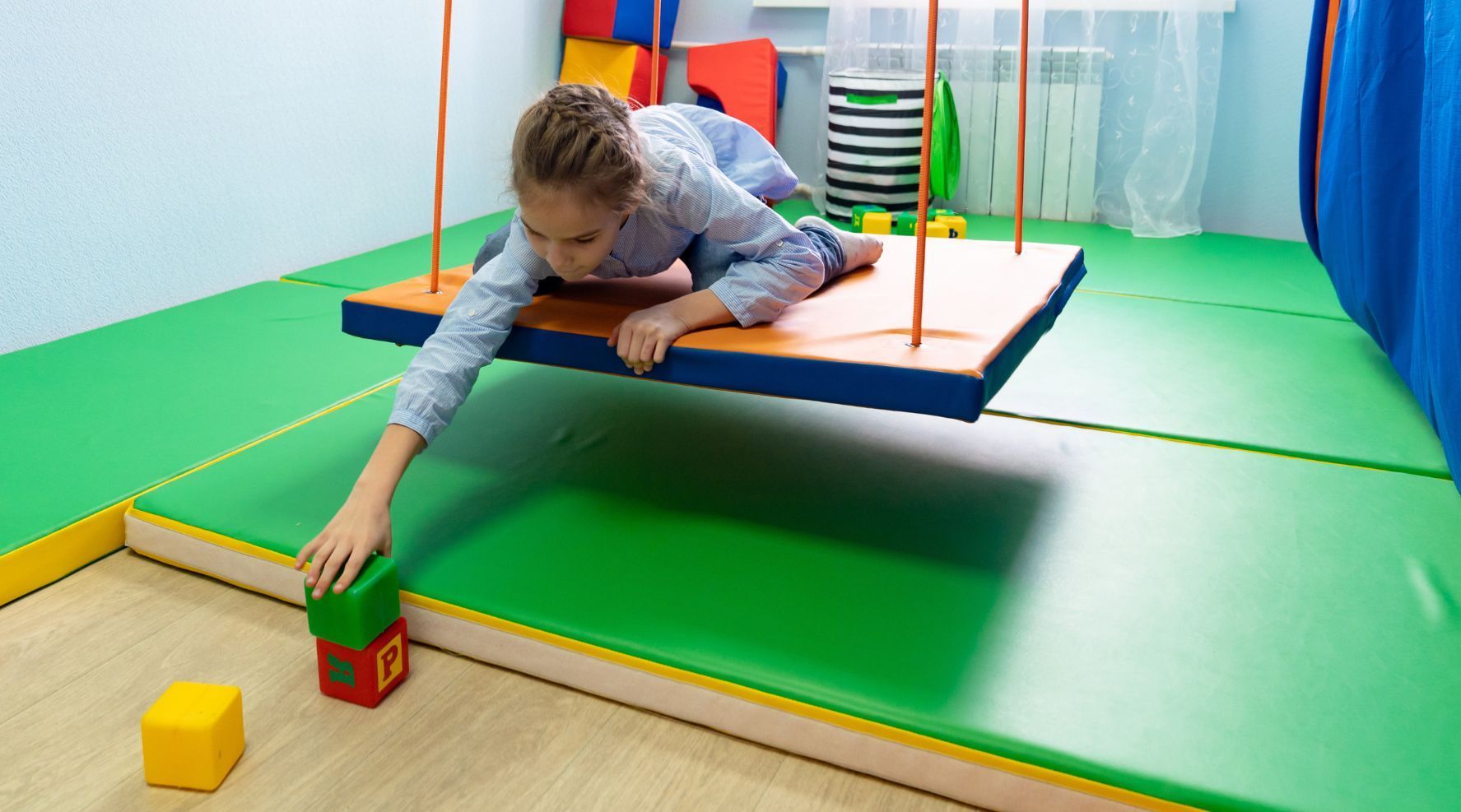Ways To Incorporate Sensory Play Into Your Daily Routine
Children with autism and other kids with sensory processing issues benefit from play that exposes them to different sensory experiences. Try a few ways to incorporate sensory play into your daily routine.
Identify Your Child’s Sensory Style
Sensory play will seem more like work, or worse, punishment, if it challenges your child’s sensory style too fast. Some kids are sensory averse, strongly negatively reacting to sounds, light, textiles, or foods.
Other kids demonstrate a “sensory-seeking” style. These children are constantly in motion—jumping, bouncing, or fidgeting. Sensory-seeking kids may also seek sensory input by hugging too hard, standing too close, or showing a strong preference for spicy foods.
Once you know your child’s sensory style, you can incorporate sensory play into your daily routine that your child will enjoy, which will be calming to help them release anxiety or excess energy.
Notice Sensory Opportunities in Your Daily Life
Everyone has to get up in the morning, get dressed, eat breakfast, and get on with their day. We reverse the process at night, from eating dinner to changing into our pajamas.
Use these routines to encourage your child to better use their sensory systems to understand their environment and reactions to it. Remember balance and body awareness along with touch, taste, sound, vision, and smell.
Encourage your child to choose their clothing for the day (within reason!) by color (visual perception), by texture (Is it soft? Is it scratchy?). Play a game of morning (or evening) sounds to help organize auditory processing—notice birds, the sound of bathwater running, or traffic on the street. Incorporate music if your child loves it and dance a little if you have a sensory-seeker who loves to move.
For kids who avoid sensory stimulation, consider easing into the day with dimmer lighting, or having your child join you in a morning yoga routine.
Sensory Snacks
One way to incorporate sensory play into your daily routine is to set aside time for “sensory snacks.” At the same time each day, allow your child to choose a sensory activity, such as jumping on a mini trampoline, bouncing on an exercise ball, or dancing to music.
You can keep a plastic bin filled with sand or water for tactile play, or create a sensory bin filled with pom poms, play clay, or pebbles (but watch out for choking hazards. Never give small items that could pose a choking risk to young children.)
Sensory-avoiding kids may enjoy a break in a private place, such as a tent in the corner, their bedroom with very gentle lighting, or a calming feature to look at, like a lava lamp or bubble tower.
Ask your occupational therapist, if your child has one, for suggestions on what kind of sensory play to incorporate into your child’s daily routine to offer gentle exposure to new sensory experiences or to offer calming activities that address your child’s unique sensory needs. A professional therapist can help you select additional indoor sensory play equipment to help your child feel better regulated and less anxious.





